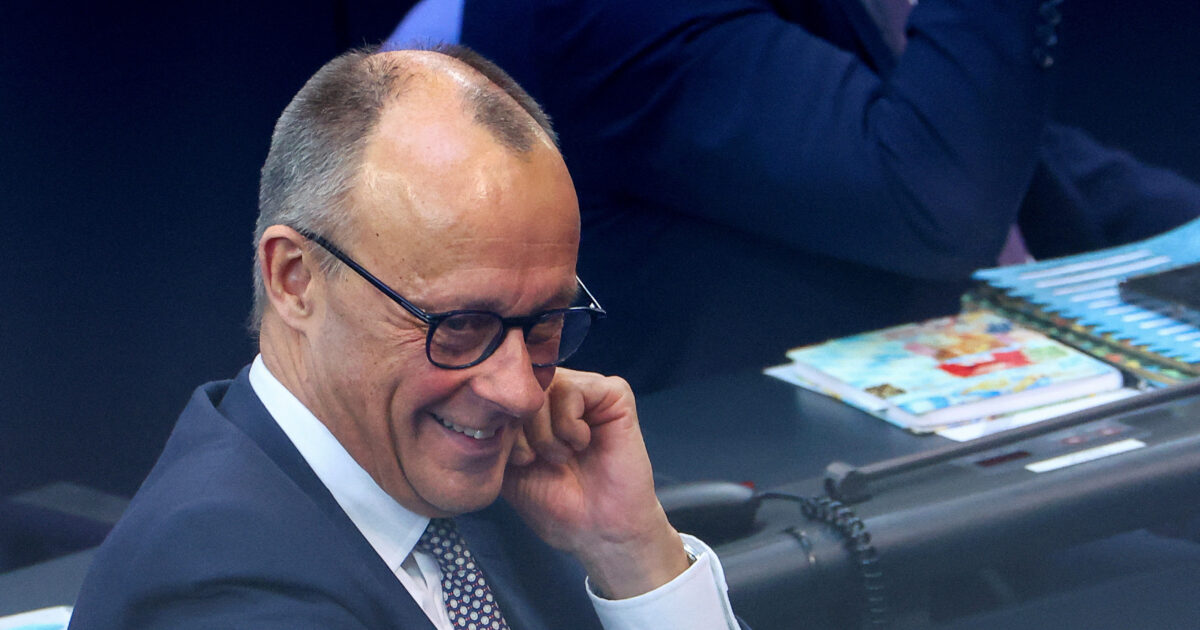The investment and growth expectancy index on the part of the ZEW Institute for Germany increased to 51.6 in March 26 last month. This is the highest measurement since February 2022. This is more than the average analysis of analysts (48.3) in Bloomberg survey. A measurement of current conditions also increased, but less than expected.
“The best climate is probably due to positive messages about future German fiscal policy,” said Zew Achim Wambach. In addition, “the 6th decrease in interest rates by the European Central Bank (ECB) means favorable funding conditions for private households and businesses”.
The figures have been released shortly before the critical vote in parliament for the debt -funded costs package and will mark a shift that will change the data and move away from traditional German budgetary discipline.
Analysts estimate that the measures will help get Europe’s biggest economy out of its long lasting, although the results will start to look just next year.
In 2024, Germany’s gross domestic product shrunk for the second consecutive year and the prospects for 2025 remain ominous. On Monday, the OECD revised its growth to 0.4% from 0.7%. In 2026, it expects 1.1%.
The country is still suffering from the poor world demand, the interruption of Russian energy supplies, the over -regulation and the lack of specialized workers. US President Donald Trump’s commercial threats pose additional risks. He said on the weekend that he would impose both wide -ranging duties and additional duties per sector on April 2.
Bundesbank President Ioakim Nagel reiterated last week that Germany is particularly vulnerable to American protectionism and new duties. Production could even shrink again this year, he warned, a series that has not been observed this century.
